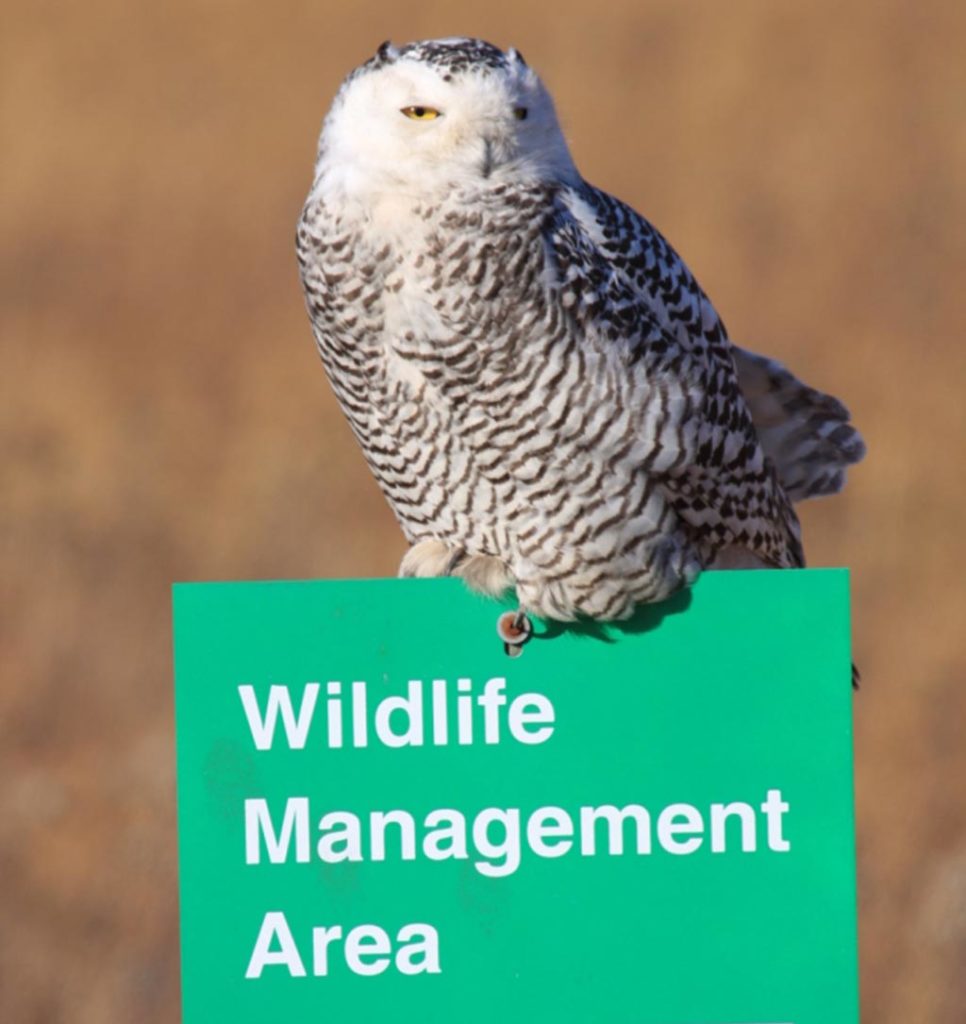
It’s no secret that the number of new hunters on the landscape has been declining over the last 30 years. Part of this is no doubt due to increasingly hectic lifestyles as well as a communication and image issue that hunting has in the eyes of the public. This last point is a whole separate discussion that deserves long and considered debate. The other issue is one that is being faced by new hunters in not only Manitoba but in North America – land access. In the USA, public land use and access is top of mind in the hunting community, and it’s something that needs to be addressed at home as well.
Here in Manitoba we are blessed to have Crown lands and more specifically, Wildlife Management Areas (WMA’s) – parcels of land designated under the wildlife act “for better management of the wildlife resource of the Province”. These areas are intended to not only conserve and enhance wildlife habitat but to provide opportunities for hunting, trapping and wildlife viewing. These areas have, beginning in 1961, have provided Manitoban’s with 2.3 million hectares of land on which (for the most part) they are free to hunt.
We aren’t going to go into a detailed list of WMA’s here today, but it’s good to refamiliarize ourselves with the history of them and discuss some of the issues they face today, so that we can start to figure out how we can ensure they’re around for future generation to enjoy, to learn to hunt on, and build their own traditions on lands that can be unbelievably productive and that need to be protected.
The very first WMA established was a 5,944 hectare parcel of land as part of a land exchange between Watson Pogue Davidson in South Eastern Manitoba and the Province of Manitoba. Watson P. Davidson initially purchased 92,160 acres of Federal and Provincial Crown Land in the hopes of selling it as farmland. In 1920, after receiving very little uptake from buyers, he established Manitoba Dairy Farms Limited and attempted selling farms to potential buyers in Europe. This was met with limited success, and so Davidson decided to get into the dairy business himself.
Davidson continued in the dairy industry until his death in 1954. His son, Watson P. Davidson Jr. took over the family business, however he didn’t have his father’s passion for the industry and so in 1961, Davidson Jr arranged a land exchange with the Province. He donated 2 sections of land to create the first Wildlife Management Area – the Provinces first and oldest WMA.
Through the 1960’s and 1970’s numerous WMA’s were created and funding was strong. Existing Crown lands that held importance for wildlife were designated as WMA’s, and private lands were purchased from willing landowners. Between 1967 and 1976 54,655 acres of land were acquired through the Fund for Rural Economic Development (FRED). In the 1970’s severe winters caused deer populations to plummet, and so there was greater motivation to identify deer wintering areas, and maintain them to support the population of deer and provide opportunities for public hunting.
Enter Richard C. Goulden, who would go on to become Director of Wildlife for Manitoba Natural Resources, and also be instrumental in establishing the Beverly-Kaminuriak Caribou Management Board involving Inuit, Chippewyan and Metis users in joint Caribou management with the Government. Goulden was also the first recipient of the Manitoba Wildlife Federation’s highest honour – the Jack Dunlop Memorial Conservation Award. Goulden, with the help of Lorne Colpitts (who would go on to become CEO of the Manitoba Habitat Heritage Corporation), drafted a memo outlining the rationale for creating WMA’:
“The underlying philosophy of Wildlife Management Areas is the establishment of lands to sustain a diversity of wildlife in perpetuity for the use and enjoyment of Manitobans. With progressive improvements in standard of living and accompanying increased leisure time, the demand for wildlife-based recreational and educational opportunity has increased as well. At the same time, the land base necessary to supply these needs, wildlife habitat, is declining due to development for other land uses which in turn are contributing to the increased standard of living. The lands in Southwestern Manitoba are among the most highly developed in the province due to their high capability to produce agricultural crops. However, these fertile soils are also capable of sustaining the greatest diversity and abundance of wildlife species in Manitoba. In addition, these lands are located in that part of the province accessible to the greatest number of people. If man’s need for encounters with wildlife in their natural habitats is to be met, the land set aside for Wildlife Management Areas will supply an important component of this need.
Principles of management of Wildlife Management Areas:
1 – to maintain as much native vegetation as practicable,
2 – to forgo development activities that will jeopardize the purpose for which the area was set aside,
3 – to manage habitat employing techniques which will enhance ecosystem stability, and
4 – to develop public use facilities in such a manner as to capitalize upon inherent natural qualities rather than create works or structures inconsistent with the area.”
-quote from Glen Suggett’s amazing piece on the history of WMA’s: Land for Wildlife and People – Manitoba’s Wildlife Management Areas.
(That right there is some Aldo Leopold and Valerius Geist type thinking, and when your rationale echo’s the spirit of arguably two of the most important conservationists of modern times you know you’re moving in the right direction.)
Through the ‘80s and ‘90s incremental additions were made, however as funding sources began to dry up and budget cuts started to take their toll, fewer staff were around to try to keep up with basic maintenance to infrastructure. Even still the WMA program was able to continue making incremental additions. Now, despite further gutting of staff and budget reductions (as of this writing, there is no operating budget for WMA’s), the WMA system is still increasing thanks to the hard work and dedication of a handful of passionate people, and the newest WMA , designated in 2018 – Sky Lake WMA in the Interlake has been identified as being potentially capable of supporting moose populations.
While new WMA’s are still being designated, there is a funding issue that threatens the entire program. The issue is simple – there is no money. No money for staff time, no money for maintenance, and no money to improve the areas. Many WMA’s are overgrown with invasive plants and thick with deadfall, making them less able to support strong wildlife populations.
The other issue that WMA’s face is that they’re not well known or well utilized by many people – including the folks that could benefit the most from them: New Hunters. As everyone struggles for hunting access, there are 2.3 or so million hectares of land ripe for hunting, hiking, trapping and exploring. If we start to utilize these WMA’s more and bring attention and value to them, perhaps we can be the voice for these amazing lands. If we don’t start caring for them, and as funding continues to dry up, we are at risk of losing these areas.
We’re going to do our part here at the MWF, starting with a recent Ministers Meeting, MWF Managing Director – Carly Deacon’s piece in this magazine, and this article. Be on the lookout as we will be featuring WMA’s around the province on our website and social media channels. You can help too, and it’s simple – use the land, share your love for WMA’s with new hunters and most importantly talk to your elected officials and help us advocate for government to start investing in WMA’s again. Before they do however, we have to show them how valuable these lands are to us.
While researching WMA’s for this article, I was able to speak with Glen Suggett – Lands Manager for Agriculture and Resource Development Wildlife Branch. Not only did he provide me with some amazing details about WMA’s but he also gave me an incredible history of WMA’s piece he wrote titled Land for Wildlife and People – Manitoba’s Wildlife Management Areas. Not only was this document instrumental in keeping me on track, but is a fascinating and in-depth history of WMA’s. I have quoted him throughout this piece and want to ensure that credit is given where credit is due. Thanks Glen! You can also find a book written by Glen Suggett and Gordon Goldsborough on one of the most well recognized WMA’s in the Province – Delta Marsh titled Delta, A Prairie Marsh and its People. Available at McNally Robinson.

